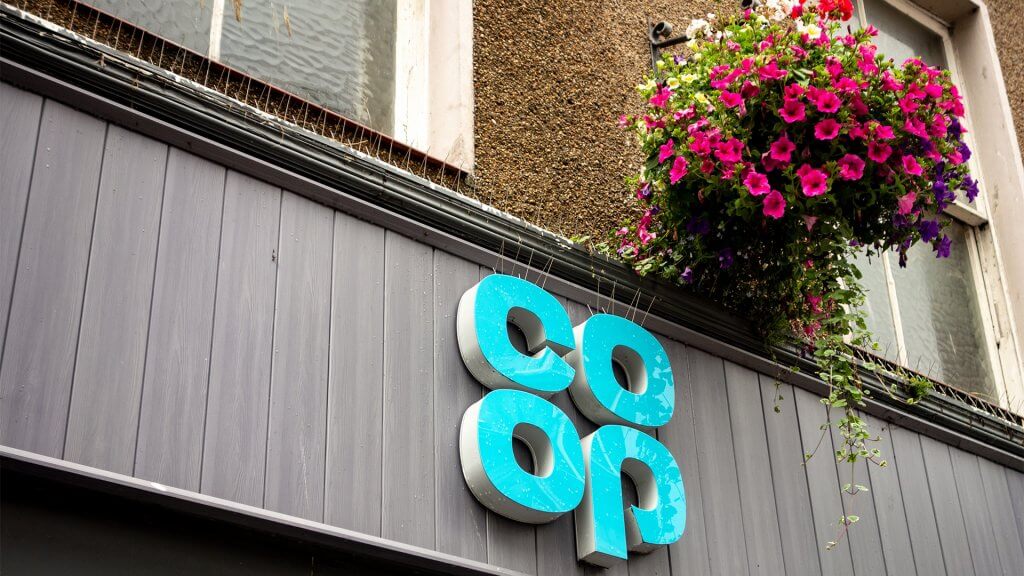
The government has launched its Clean Growth Strategy which proposes to build a lower-carbon future for the UK by reducing greenhouse gas emissions on a national scale.
Department for Business, Energy & Industrial Strategy (BEIS) produced the comprehensive document which is available to read it in full here. But don’t worry if you don’t have time to read 165 pages because Flogas, who offers business gas prices, has summarised it to solely look at the strategy’s key points, and what they mean for UK homes and businesses.
The UK’s climate change commitment
Firstly, it’s vital to understand the background legislation
Are we close to meeting the target?
BEIS figures published in March 2017 showing that the United Kingdom is progressing nicely towards this target, with an overall carbon emissions drop of 42% since 1990. While this progress is encouraging, the government acknowledges that there is still plenty more work to be done – and that’s where proposals like the Clean Growth Strategy come in.
How can the Clean Growth Strategy help?
There are two ways in which the policies and proposals that are set out in the Clean Growth Strategy aim to accelerate the pace of ‘clean growth’: by decreasing emissions, and by increasing economic growth. With that in mind, the two guiding objectives underpinning the strategy are:
– To meet our domestic commitments at the lowest possible net cost to UK taxpayers, consumers and businesses.
– To maximise the social and economic benefits for the UK from this transition.
In order to make this a reality, the government has pledged to roll out lower-carbon processes, systems and technologies nationwide – doing so in the most cost-effective way possible for businesses and homes alike.
What are the Clean Growth Strategy’s key proposals?
There are six areas of focus in the strategy’s proposal. Together, they are responsible for 100% of the UK’s carbon emissions:
– Improving business and industry efficiency (25% of UK emissions)
– Improving our homes (13% of UK emissions)
– Accelerating the shift to low-carbon transport (24% of UK emissions)
– Delivering clean, smart, flexible power (21% of UK emissions)
– Enhancing the benefits and value of our natural resources (15% of UK emissions)
– Leading the public sector (2% of UK emissions)
The full list of the pledges can be found in this executive summary.
What does this mean for homes and businesses?
Essentially, this means that the government will encourage homes, businesses and industrial operations to minimise their carbon footprint in a variety of ways. A major focus will be reassessing the fuels we use for jobs like heating, cooking, and powering industrial and manufacturing processes – and embracing cleaner, greener alternatives.
As well as boosting uptake of renewable technologies (e.g. biomass boilers, heat pumps and solar panels) in the long term, this will favour cleaner conventional fuels over more polluting ones. For example, for off-grid homes and businesses, the strategy sets out specific plans to phase out high-carbon forms of fossil fuels like oil. As the lowest-carbon conventional off-grid fuel, oil to liquefied petroleum gas (LPG) conversions will play a key part in replacing oil in rural parts of the country.
Natural gas is set to remain a popular choice for buildings that are connected to the mains network – not only because of its affordability and
The company has been an energy expert for over 30 years and predicts that the ‘green gas’ phenomenon (natural gas injected with a proportion of environmentally friendly biogas) will continue to grow in popularity as the Clean Growth Strategy rolls out.
Reaction to the Clean Growth Strategy
The Clean Growth Strategy has had a positive reaction
Lee Gannon, Managing Director of Flogas, said: “Through the publication of its Clean Growth Strategy, the government has made clear its intention to reduce carbon emissions from off-grid UK homes and businesses. Natural gas is affordable, versatile, widely available and – most importantly – emits significantly less carbon than the likes of coal and oil. As such, it will continue to play a central role as the UK works towards cleaning up its energy landscape. We look forward to working alongside policymakers and wider industry stakeholders to make the Clean Growth Strategy the success that it deserves to be.”
Mike Tholen, Trade body Oil & Gas UK’s Upstream Policy Director, also commented: “Oil & Gas UK welcomes the government’s commitment to technology in the strategy, especially with regards to carbon abatement measures such as carbon capture, usage and storage. Oil & Gas UK looks forward to working with the government to see how these technologies can further reduce emissions across the economy.”



























